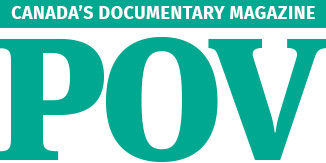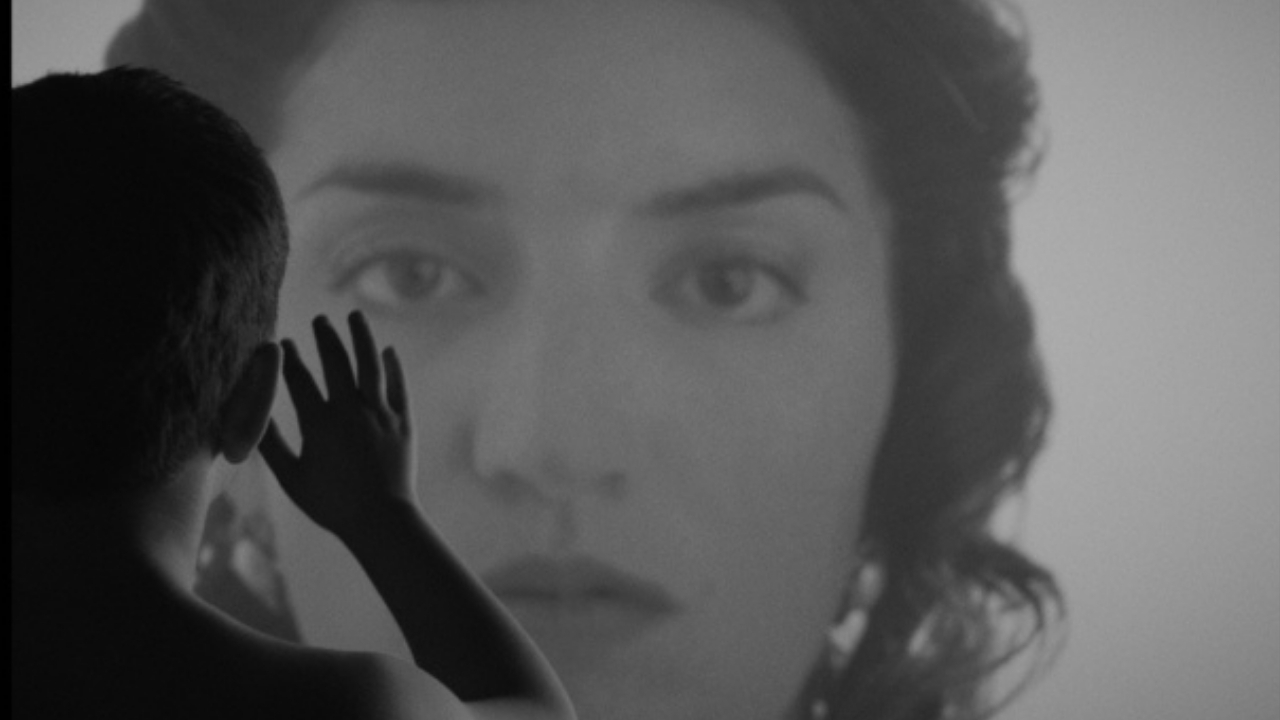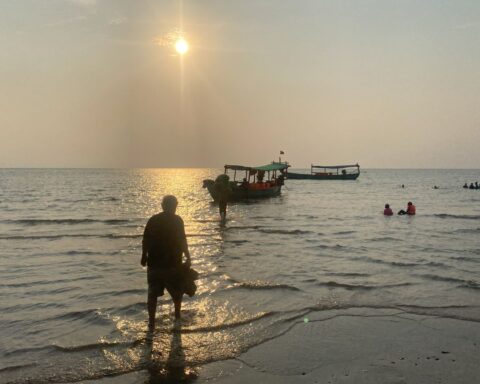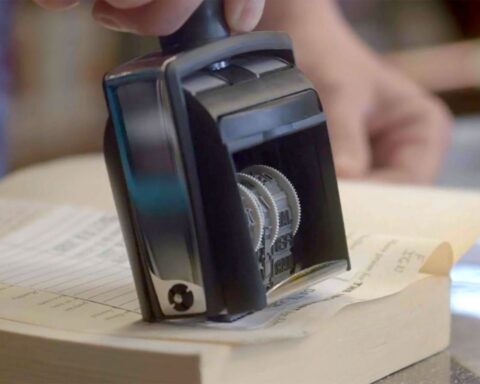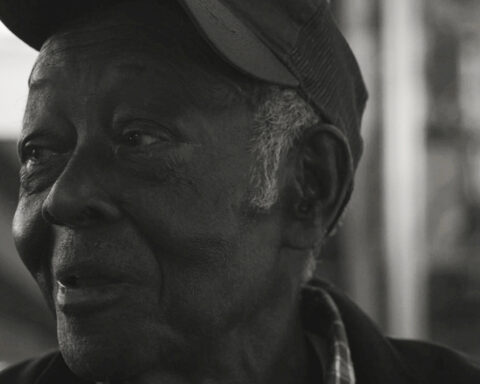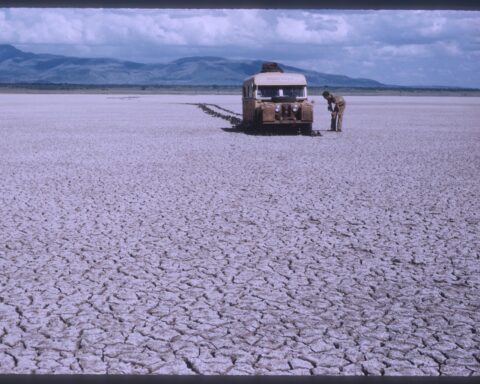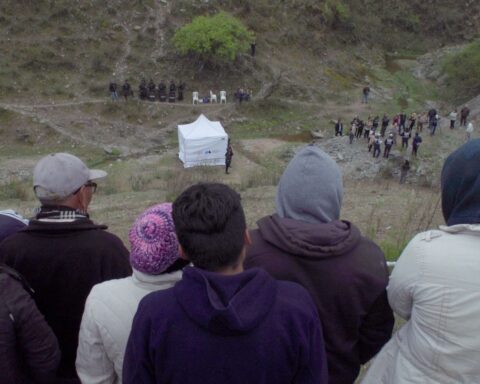A Woman, My Mother, a black and white art-house film by Quebec filmmaker Claude Demers, follows the story of his biological mother. Demers, who was adopted in the 1960s, guides the viewer through archival and fictional footage, using poetic narration to explore his mother’s reality before, during and after his birth. A Woman, My Mother won the Grand Prize for Canadian features at RIDM last fall and had its Toronto premiere at Hot Docs’ online festival. — Dina Lobo
POV: Dina Lobo
CD: Claude Demers
POV: In starting this film, what did your process look like? Did you begin with the narration first or the research? Or did it begin with the visuals?
CD: I was not looking or thinking of making a film about my mother. For years I would tell people: ‘I didn’t know where I came from for a long time. I only have a few parts of my story…I finally met my mom a few years ago.” A lot of people and producers suggested I make a movie, but I was not interested in making a traditional interview film, talking mostly to my mom. I thought, if I did a fictional film it would cost way too much money. Suddenly a few years ago, I saw the film I wanted to make. To be precise, someone said, “you don’t exactly know who your mother is so why don’t you make a film about it?” At the moment, I said, “wait, I can make a film with archives and something that is closer to fiction.” I knew I was going to mix archives with some of my own shooting. I knew how I was going to represent her and that it was going to be a puzzle. I heard the narration and that it was going to take the form of a letter. At the moment I got home, I started to take notes of images, words and sentences.
I wrote it really fast. If you remember there’s five chapters in the movie. The film you saw is similar to what I had in mind, but the big challenge was to find the archives. I didn’t want to illustrate the whole story with older footage, so I had to find an approach that would be more representative. If I chose to be too abstract, people won’t get touched by it anymore. If it was too classical…I don’t know.
So, I watched a lot of films from the NFB and my approach was to find something very aesthetic. The way I wanted to build my film was like a tableau [a painting with motionless figures]. I wanted good frames and it to be art. I watched documentaries where the camera was shaking too much and I didn’t want to use that footage. The archives came from the new wave in the ’60s (in France and Quebec). The approach was mixing documentary with fiction. Thirty percent of the film is my shooting and I was quite happy that a lot of people didn’t recognize it.
POV: At times I couldn’t differentiate between what was the archival footage and what were the reenactments because they blended in together so well. Can you explain the process of how you transitioned between those images and how you thought of each shot for the reenactments?
CD: That’s a good question. Traditionally when you make a movie, you first write the story, shoot it and then go into editing. I decided to first find archives; that way if I found something good I wouldn’t have to shoot it. So I started editing archival footage first for almost two weeks. It helped me with the script. Then I shot some of the reenactment scenes of my mom (that start and finish the film). I shot it to see if it would work with the archival footage.
There were some parts that I knew I was going to shoot. For example the image you always see of my film where there’s a little kid in front of a big screen and you see the face of a woman. It’s a reference to a masterpiece by Bergman called Persona. This picture was in my script, but I had to shoot it. I wanted to create that impossible feeling where he can’t touch his mother. I worked a lot on the editing. The way we proceeded is I would record (a temporary soundtrack) the narration and it was the guideline for the film, but of course during editing I would change some sentences. I would say 80% of the narration was there before the final cut.
POV: Did the visuals come second?
CD: Yes and no. Sometimes I had no clue what image I would have and some I knew exactly, like the beginning of the second act in Montreal. I knew I had to have a wide shot and then I needed archives of the legs of a woman. I didn’t know how to articulate it but it was in my mind to find certain shots.
POV: Is it fair to say that you didn’t want to sound like a victim or want any pity?
CD: Exactly. I didn’t want it to be forced or so obvious. For me, that’s cheesy. People are intelligent, we don’t have to do that. I received emails from people who connected to the story even if they hadn’t been adopted. I got one letter from a woman that said she felt emotional and wanted to cry because she understood my mother, and how she wanted to be free, but as a mother herself, she also felt sad.
POV: We forget that our parents had a whole life before us, detached from us. When I was watching it, I saw your biological mother as more than just your mother.
CD: Sometimes you’re not purposely doing it, but it happens.
POV: What approach did you take in assuming and putting together the pieces of the puzzle of your biological mother’s story? Is there an element of fiction that exists in documentary filmmaking when crafting a narrative?
CD: Every time I’d ask her a question she’d say “why are you asking about the past?” Sometimes she would tell me something and then I’d get some other information from someone else. So I thought of making a film about it and made it clear that “what is true and what is false, only you can tell me.” In the film I was close to her reality. My cousin said that my portrait was quite realistic, because she’s secretive and mysterious in certain ways. It’s not far off from the truth.
POV: Your opening quote begins with an excerpt from a conversation with your mother in 2009: “You want me to promise never to make a film about you or tell our story. I told you I can’t make that promise, for it’s also my story and telling stories is my life.” Why did you choose to start with that?
CD: It was a way to say that I’m honest with this film. There’s something about ethics to consider.
POV: What compelled you as a filmmaker to turn to yourself as the subject? How different of an experience was this from your other films and why?
CD: All my films are actually very personal or come from something personal. After I found my mother and biological family and discovered that my natural father was Italian, I dedicated my first documentary to my fathers, both of them, my adopted and birth dads. The second documentary I made is Les Dames en bleu (Ladies in Blue), was dedicated to my adopted mother. In 2014, I made a fiction. It’s about child abuse and it was inspired by a story I heard.
POV: So I guess even if it’s fiction there’s always a part of you in it even if it’s not direct.
CD: Yeah, yeah. Sometimes when I’m shooting a documentary I fear being narcissistic.
POV: What were you trying to evoke in the viewer through this film? And what did you want to leave them with?
CD: There’s a social justice/social issue theme in my film about how it was difficult for women in the ‘60s to feel free. When I wrote the story I hoped this film would affect contemporary women. It’s not just a story from the past and I was really happy to see young women tell me that they were touched by the film. If I had a goal, it would be that the film is trans-generational. I don’t make political films with direct conclusions.
A Woman, My Mother screens at Hot Docs’ online festival.
Visit the POV Hot Docs Hub for more coverage from this year’s festival.
